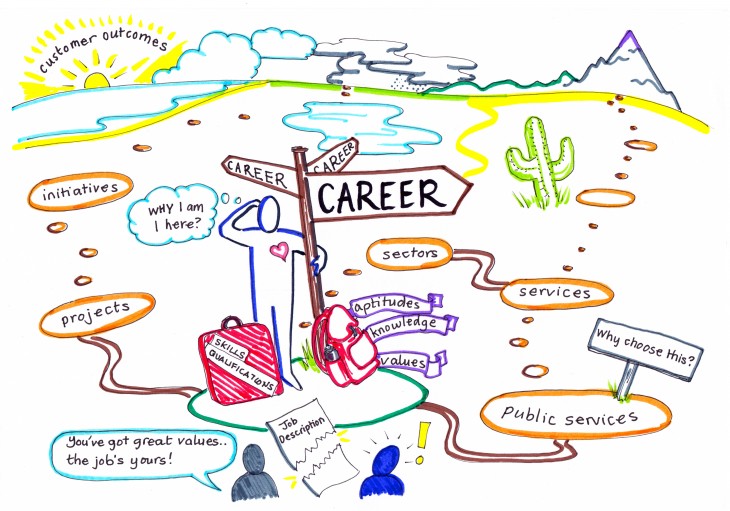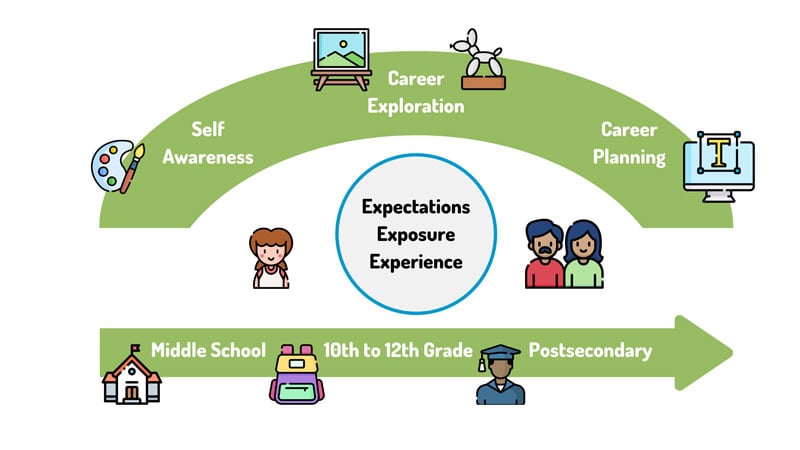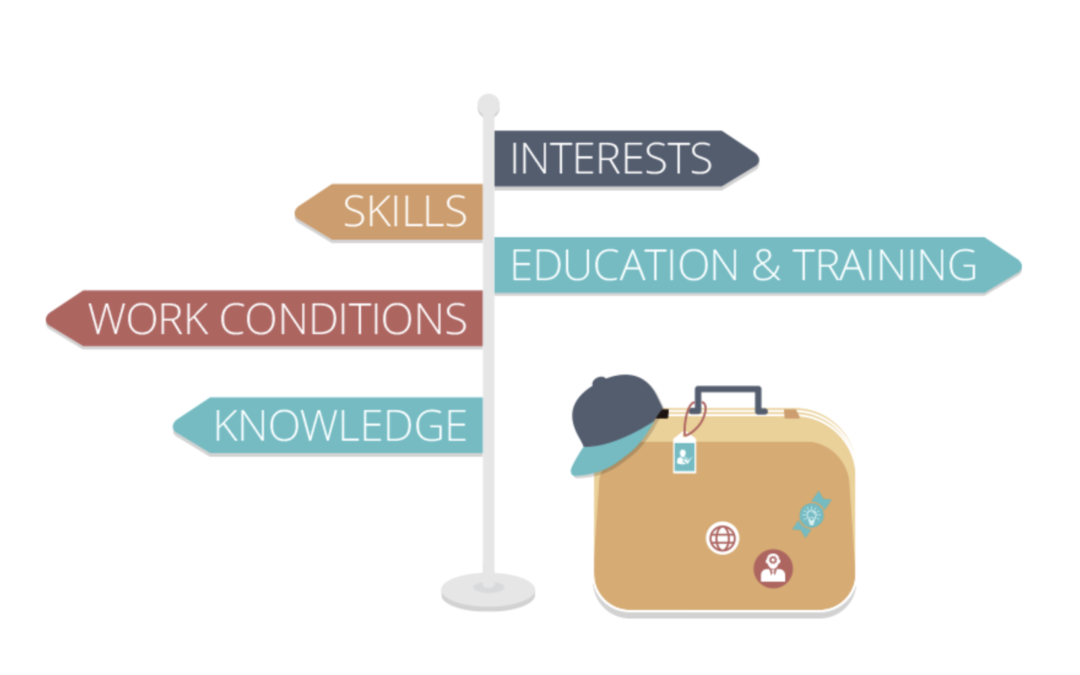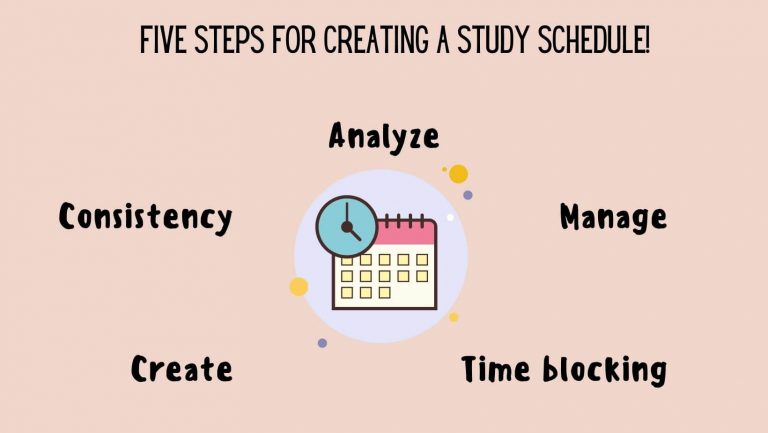
by admin | Jul 16, 2024 | Job, Employment Application, Interview Techniques, Job Analysis, Skills Gap Analysis
When it comes to finding a new job, creating a resume is an essential first step in the process. After all, your resume makes a first impression on employers and can mean the difference between an interview and an instant rejection. What information to include, how long it should be, and how to design and format it, are examples of things that need to be carefully considered. With the rising popularity of AI (Artificial Intelligence), many people are turning to ChatGPT to find inspiration and spur some ideas to get the process rolling. But, can ChatGPT really be trusted for resume writing? The answer depends on how you use it. Let’s explore the dos and don’ts of AI generated resumes, below:

Dos for ChatGPT resume writing
Use it as a starting point: ChatGPT is a great place to find inspiration for content that is pertinent to the job you are applying for. It can help you learn more about the skills, experiences, and other qualifications required for a role, and how your background makes you the right fit.
Tailor your professional history for a specific job: It is crucial to align your resume with the specific role you are applying to. You can use ChatGPT resume prompts to modify your existing accomplishments to be more tailored to the requirements and responsibilities outlined in the job description. It can also help you incorporate keywords from the job posting, increasing your chances of passing through an applicant tracking system (ATS).
Help you highlight achievements: Leveraging numbers in your resume can really help you show your potential impact and demonstrate your strengths, but this is something that ChatGPT cannot come up with on its own. ChapGPT, however, can help you rewrite your accomplishments with more impactful language. This can help you better convey your achievements and help you stand out.
Proofreading: ChatGPT can be a useful tool for catching typos and grammatical errors, and suggesting edits quickly. However, it’s important to understand its limitations. Always have another human go through your resume to identify other improvements to things like style and tone that AI might not be able to pick up on.
Don’ts for ChatGPT resume writing
Forget to fact check: Just because ChatGPT says it’s true, doesn’t mean it actually is. ChatGPT gathers data from the internet, and sometimes it can pick up on notions rather than facts or make assumptions about your work history that aren’t true. Before you submit your resume, make sure that the statements you are making are valid and accurately represent your background, industry, and skillset.
Misrepresent yourself: In a similar vein, allowing ChatGPT to exaggerate your qualifications is deceitful to a potential future employer. You may look good in the moment but if you can’t back the skills up, it will quickly show through in an interview or if/when you are hired. Be honest and truthful about your skills and experiences.
Copy + paste: Simply copying and pasting the ChatGPT resume generated content into your final document shows lack of care and creativity. It’s essential to add your personal touch and use your own voice. At the same time, ensure your resume is visually appealing, well-organized, and easy to read. Use consistent fonts and styles, and bullet points throughout to make strong, clear points for the reader.
Share sensitive information: If you’re using an online AI tool, don’t share sensitive or personal information that you wouldn’t want to be stored or accessed by others.
In summary, ChatGPT can be a valuable tool when writing your resume, but it should be used wisely. Take advantage of its ability to generate content efficiently, but always review, customize, and edit the content to ensure it represents you accurately and professionally.

by admin | Jul 16, 2024 | Employee Handbooks, Employee Orientation, Employment Application, Interview Techniques, Job, Skills Gap Analysis
Losing a valuable employee is never easy. It can take weeks or months to find a replacement, and the void can place a heavy burden on the rest of your team. Employee retention with top performers can be tricky—it is difficult to tell when they are dissatisfied, and you may be inadvertently making critical mistakes. According to our 2019 Hiring Outlook, here are the top 4 reasons why good employees leave:

Lack of work-life balance
With flexible working arrangements becoming more accessible, top employees are less willing to compromise. When more flexible options are available, employees are quick to leave if they don’t have the work-life balance they desire. Take a look at your flexible work policies to see how you might be able to improve your offerings and increase retention.
Poor relationship with manager
The relationship between manager and employee affects the daily experience of every staff member. An employee’s manager might be driving away top talent if they:
Are not transparent
don’t recognize accomplishments
don’t ensure their employees feel valued
Ensure that leadership within your company are setting a positive example for their staff and communicating well with their team.
Not a cultural fit
When employees don’t feel a part of the group, they are quick to find somewhere else where they feel like they belong. Company culture is more than just parties—it’s about ensuring that your staff feels valued, and they know that you prioritize people over profit. The more employees build trusting relationships with one another, the stronger your culture is.
Lack of advancement opportunities
The #1 reason professionals left their last job was lack of advancement opportunities. Today’s employees prioritize career development more than anything else, and the most talented professionals are always looking for ways to expand their skillsets. If they feel their work has become too “routine” or fear that they have become complacent with evolving industry trends, they’ll start exploring opportunities that offer more growth potential.
Source:https://tandymgroup.com

by admin | Jun 5, 2024 | Job Analysis, Skills Gap Analysis, Study
A well-defined career path is crucial for several reasons, each contributing to both personal fulfillment and professional success. Here’s why setting and following a career path is so important:

1.Direction and Clarity: Having a clear career path provides a sense of direction. It helps individuals focus their efforts on specific goals and milestones, reducing the likelihood of wandering aimlessly through different jobs. This clarity can be incredibly motivating and can help one prioritize learning and development activities that align directly with their career goals.
2. Goal Achievement: A career path helps break down the journey into manageable steps and stages. It allows individuals to set and achieve short-term objectives while working towards long-term aspirations. This structured approach to career development ensures continuous progress and can lead to higher satisfaction and success rates.
3. Skill Development: By understanding the requirements of your chosen career path, you can identify the skills and competencies you need to develop. This proactive approach to skill acquisition ensures that you remain competitive and relevant in your field, especially as job markets evolve and new technologies emerge.
4. Job Satisfaction and Engagement: People who work in careers that align with their personal interests and professional skills tend to be more engaged and satisfied. A career path that reflects one’s values and strengths can lead to greater job satisfaction, lower stress levels, and a higher quality of life.
5. Professional Growth : A career path provides a roadmap for advancement. It often includes planned upward movement, whether through promotions within a chosen field or strategic moves across different industries. This growth is not just about higher income but also about expanding responsibilities, gaining diverse experiences, and enhancing one’s reputation and influence in the industry.
6. Adaptability: With a career path, individuals can better anticipate changes in their industry and adapt accordingly. It encourages a mindset of lifelong learning and flexibility, which are crucial in today’s fast-paced work environments. Being adaptable helps ensure that you can navigate through economic downturns, industry disruptions, and job transitions more effectively.
7. Personal Fulfillment : Ultimately, a career path that aligns with one’s passions and strengths can lead to personal fulfillment. Achieving milestones and realizing one’s professional potential can be profoundly satisfying, contributing to overall happiness and well-being.
In essence, a career path helps individuals systematically approach their professional life, ensuring that they make informed decisions that lead to personal and professional fulfillment. It acts as a strategic plan that guides individuals through the complexities of the modern workplace, helping them to capitalize on opportunities and overcome challenges effectively.

by admin | Jun 5, 2024 | Job Analysis, Skills Gap Analysis
In today’s dynamic world, choosing and navigating a career path is more complex and exciting than ever before. It’s not just about deciding what you want to be when you grow up; it’s about continuously adapting to new opportunities and challenges. This blog explores the concept of a career path, offers insights into how you can choose the right one for you, and provides tips for navigating your career journey effectively.

What is a Career Path?
A career path is the progression one follows in their professional life. It includes the jobs you take, the experiences you gain, and the skills you acquire. A well-defined career path helps you manage your growth from one stage of your career to another, aligning your job roles with your long-term career goals.
Choosing Your Career Path
Self-Assessment:
Start by understanding your interests, strengths, and values. Tools like personality assessments and career aptitude tests can provide insights into the types of careers that might suit you best.
Research:
Once you have an idea of your potential career fields, research them thoroughly. Understand the required qualifications, the day-to-day responsibilities, and long-term career prospects.
Education and Skills:
Depending on your chosen field, you might need specific educational qualifications or skills. Identify any gaps in your knowledge and seek the necessary training and education.
Networking:
Connect with professionals in your field to gain insights and advice. Networking can also open up opportunities for internships, apprenticeships, and even job offers.
Navigating Your Career Path
Setting Goals:
Define clear, achievable short-term and long-term goals. These should be specific, measurable, achievable, relevant, and time-bound (SMART).
Continuous Learning:
Stay relevant in your field by continually upgrading your skills. This could be through formal education, workshops, online courses, or self-study.
Seeking Opportunities:
Always be on the lookout for ways to advance your career, whether it’s a promotion, a new job, or a lateral move to a different department or industry that aligns more closely with your career goals.
Flexibility:
Be prepared to adapt your career path as industries evolve and personal priorities change. Flexibility can mean the difference between staying relevant or falling behind.
Mentorship:
Find mentors who can guide you through your career. A good mentor provides wisdom, guidance, and feedback that is invaluable as you navigate your career.
Challenges and Solutions
While navigating your career path, you may face challenges like job dissatisfaction, a lack of advancement opportunities, or industry downturns. Overcoming these challenges often requires a proactive approach, such as seeking feedback, considering a career pivot, or enhancing your skill set to increase your employability.
Conclusion
Your career path is uniquely yours. It’s a personal, often non-linear journey that can lead to fulfilling roles that align with your personal and professional aspirations. By actively managing your career development, staying adaptable, and pursuing continuous learning, you can effectively navigate the twists and turns of your career journey.
Remember, the most successful career paths are those that evolve. So, keep exploring, adapting, and moving forward with confidence and curiosity.

by admin | Jun 5, 2024 | Study, Skills Gap Analysis
Creating a study schedule is a crucial strategy for college students to manage their time effectively, balance various commitments, and enhance academic performance. Here’s a step-by-step guide to help students create a practical and personalized study schedule:

1: List All Commitments
Start by listing all your commitments that are fixed in time, such as classes, part-time jobs, meals, and regular extracurricular activities. This will provide a clear view of how much time is already taken and how much is potentially available for studying.
Step 2: Assess All Subjects
Evaluate all the subjects you need to study for and rank them based on their difficulty, the amount of time they require, and upcoming deadlines or exams. This helps in prioritizing which subjects need more focus.
Step 3: Set Specific Goals
For each study session, set specific goals. Instead of a vague goal like “study biology,” define what you intend to accomplish, e.g., “review chapter 5 on cell biology and complete 20 practice questions.”
Step 4: Allocate Time Blocks
Using a weekly planner, allocate specific time blocks for studying each subject. Consider your personal productivity patterns—some people are morning persons, while others function better at night. Ensure that time blocks are realistic and include short breaks to prevent burnout.
Step 5: Be Flexible
Life is unpredictable. Your schedule should have some flexibility to adjust for unexpected events or tasks that take longer than planned. Ensure some buffer time each week for overflow tasks and relaxation.
Step 6: Include Breaks and Downtime
Include short breaks during study sessions (e.g., 5-10 minutes every hour) and longer breaks to relax or pursue hobbies. This not only prevents burnout but also improves concentration and retention of information.
Step 7: Review and Adjust Weekly
At the end of each week, review your schedule. Assess what worked well and what didn’t. Did you meet your study goals? Adjust your plan based on what you’ve learned about your productivity and the workload.
Step 8: Use Tools and Apps
Consider using digital tools or apps to manage your time. Apps like Google Calendar, Trello, or study-specific apps like My Study Life can help you organize your schedule and send reminders for your planned study sessions.
Step 9: Stay Consistent
The effectiveness of a study schedule lies in its consistent application. Try to start study sessions at the same time each day to develop a routine. Consistency builds habits, which can enhance overall productivity.
Step 10: Stay Motivated
Keep your motivation high by setting small rewards for achieving your study goals, such as treating yourself to a favorite snack or an episode of a TV show. Remember to keep sight of your long-term academic goals and how your daily studying gets you closer to achieving them.
By following these steps, students can create a tailored study schedule that not only accommodates their academic needs but also balances personal well-being and other responsibilities. A well-structured study plan is a powerful tool in achieving academic success and reducing stress.

by admin | May 29, 2024 | Employee Orientation, Employee Handbooks, Job, Job Analysis, Skills Gap Analysis, Study
Finding and landing an internship as a college student is an important step in building a career foundation. Here’s a guide on how to search for and secure internships effectively:

Step 1: Define Your Goals
Start by understanding what you want to achieve through an internship. Are you looking to gain specific skills, explore a particular industry, or connect with a professional network? Clear objectives will help guide your search and decision-making process.
Step 2: Research Opportunities
– Online Job Boards: Websites like Indeed, LinkedIn, Glassdoor, and specialized sites such as Internships.com are great resources.
– University Career Center: Many colleges offer resources and counseling specifically for students seeking internships. They often have connections with companies looking for interns.
– Company Websites: If you have target companies in mind, visit their careers section. Many companies post internship opportunities directly on their websites.
– Networking: Attend career fairs, industry conferences, and networking events. Sometimes, opportunities come from personal connections, including professors, family, or friends.
Step 3: Prepare Your Application Materials
– Resume: Tailor your resume to highlight relevant coursework, projects, and skills that align with the internship. Keep it concise and professional.
– Cover Letter: Write a personalized cover letter for each application, explaining why you are interested in the internship and how you can contribute.
– Portfolio: For fields like graphic design, journalism, or software engineering, prepare a portfolio of your best work.
Step 4: Apply Early and Often
Internship positions, especially in competitive fields, can fill quickly. Start your search early in the academic year and apply to multiple opportunities to increase your chances.
Step 5: Prepare for Interviews
– Research the Company: Understand their products, services, culture, and industry.
– Practice Common Interview Questions: Prepare responses to common questions such as “What are your strengths and weaknesses?” or “Why do you want this internship?”
– Mock Interviews: Consider doing mock interviews with friends, family, or career counselors to build confidence.
Step 6: Follow Up
After an interview, send a thank-you email to express your appreciation for the opportunity to interview and reiterate your interest in the position. This can set you apart from other candidates.
Step 7: Evaluate Offers
If you receive multiple internship offers, compare them based on how well they meet your initial goals, the kind of learning opportunities they provide, and other factors like compensation and location.
Step 8: Learn and Network During Your Internship
Once you secure an internship, maximize the experience:
-Learn as Much as Possible: Take the opportunity to learn from everyone you can. Ask questions, seek feedback, and take on challenging projects.
– Build Relationships: Network with colleagues and other interns. These relationships can be valuable for your future career.
– *Maintain Professionalism: Treat the internship like a real job. Be punctual, meet deadlines, and contribute positively to the team.
Step 9: Reflect and Follow Up
After completing your internship, reflect on what you learned and how it aligns with your career goals. Stay in touch with your supervisors and coworkers, as they can be valuable references or mentors.
By following these steps, you can effectively search for, apply to, and maximize the benefits of internships, paving the way for future career opportunities.











